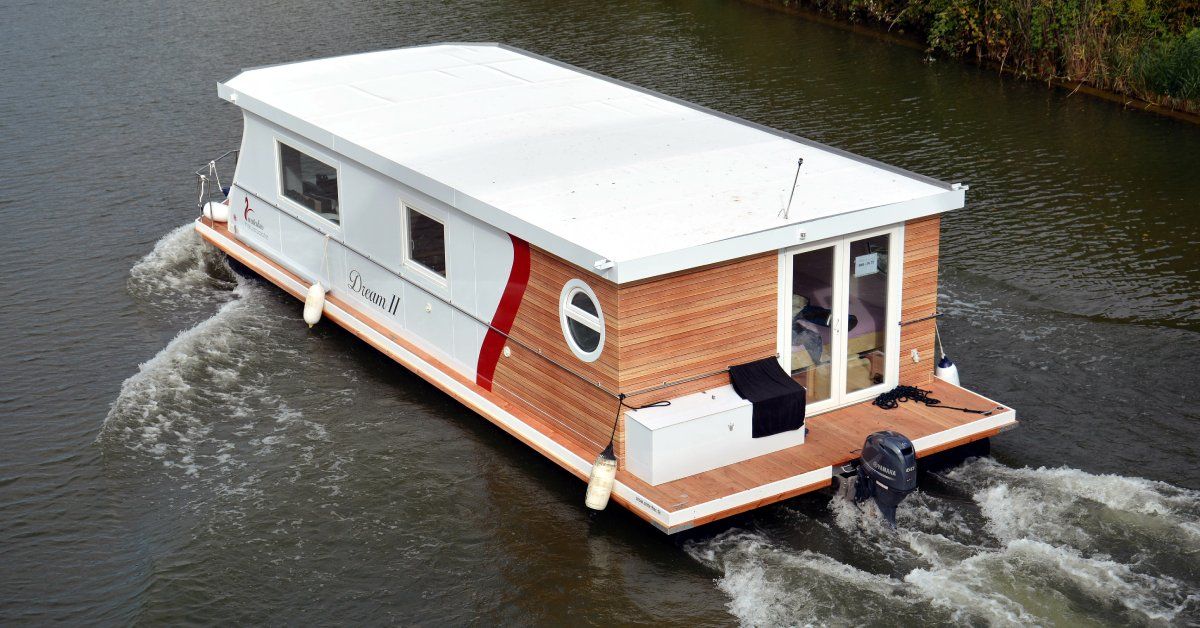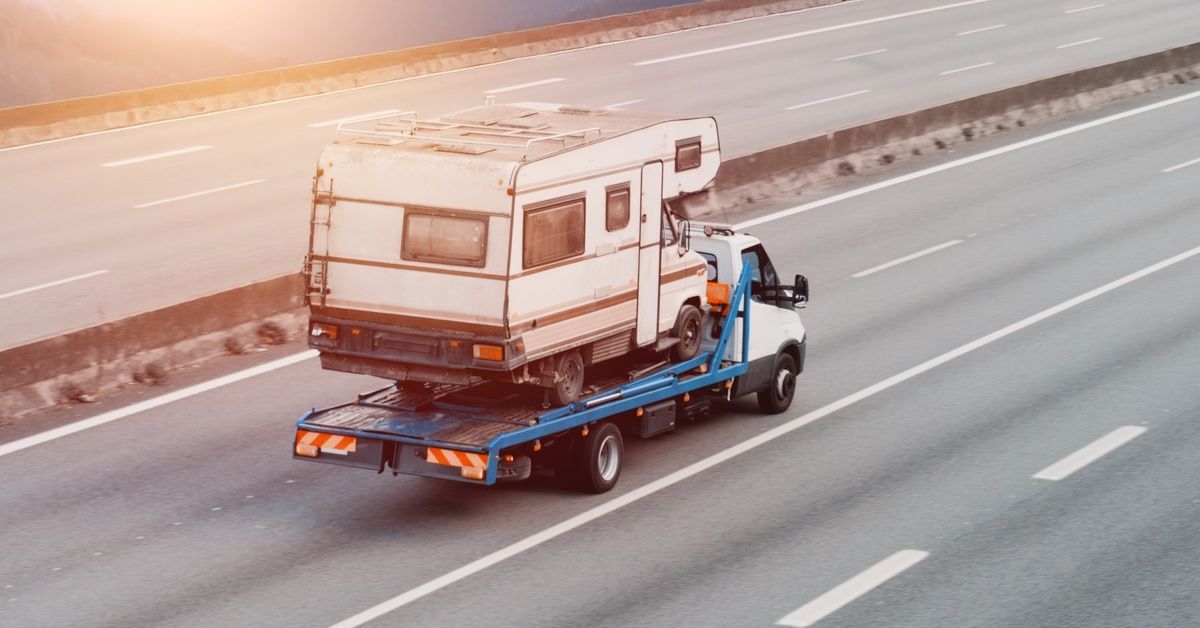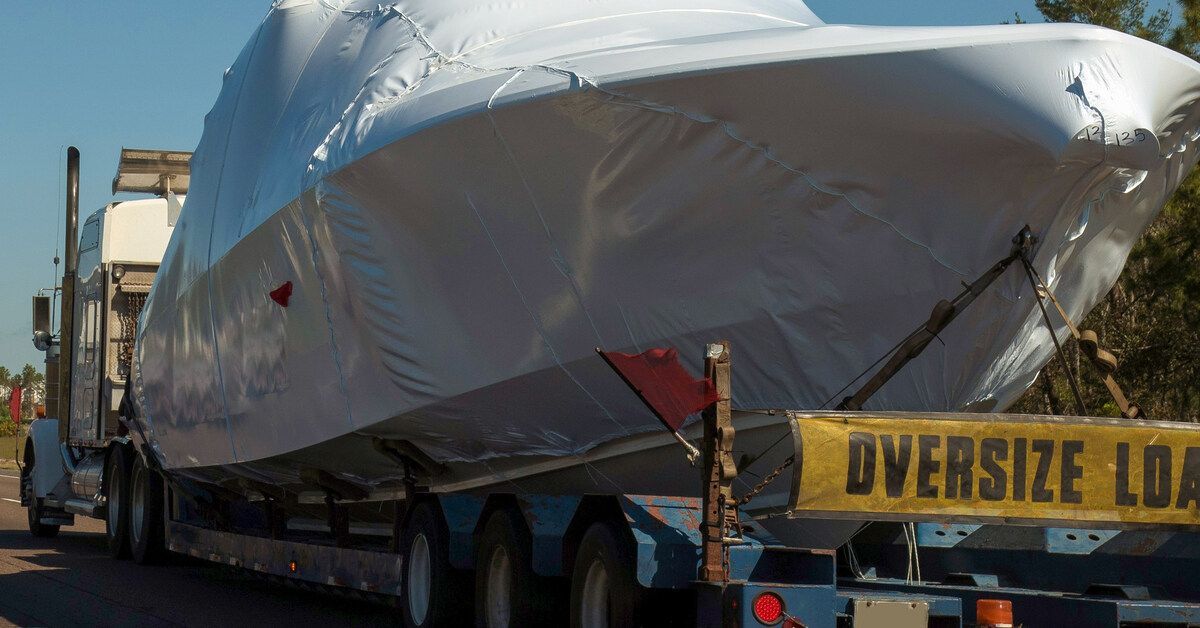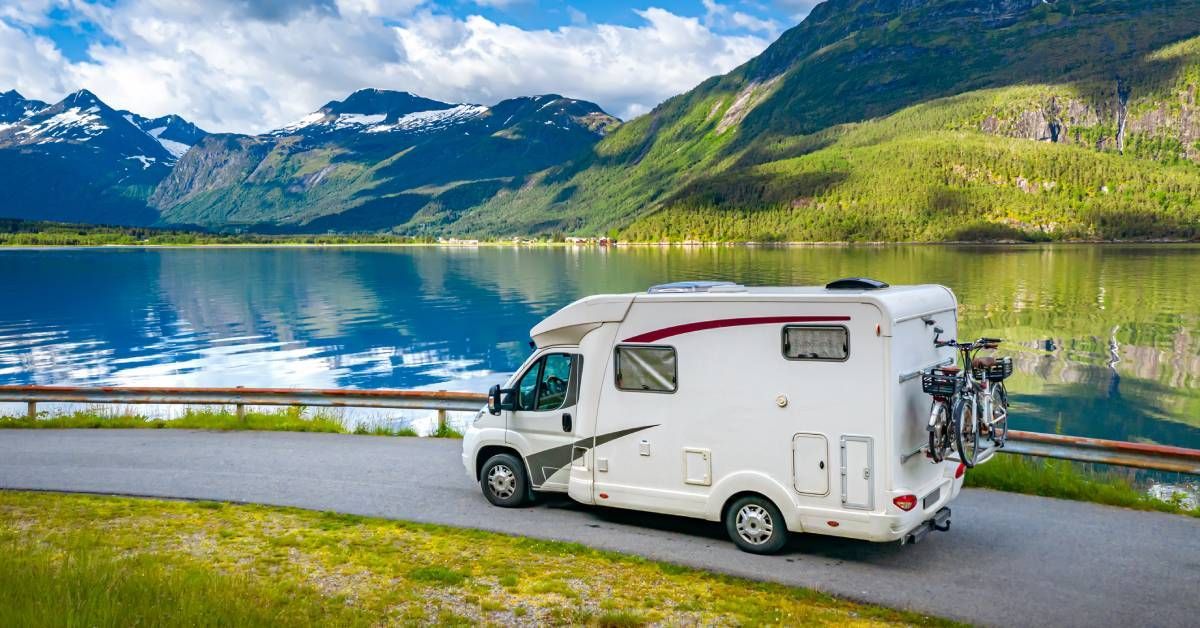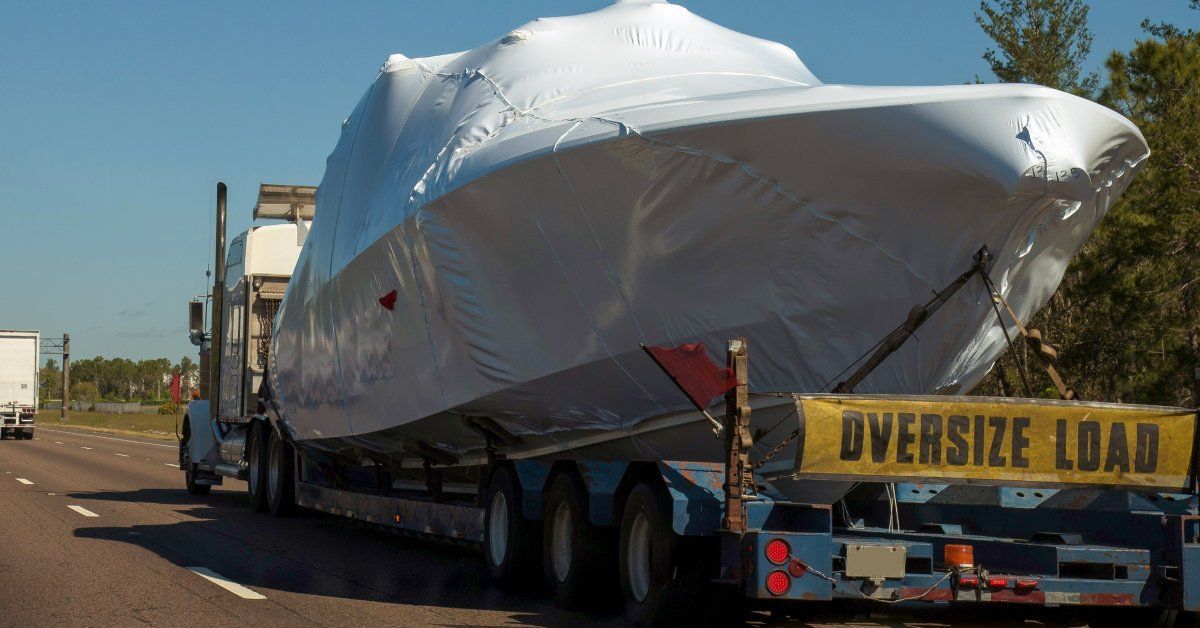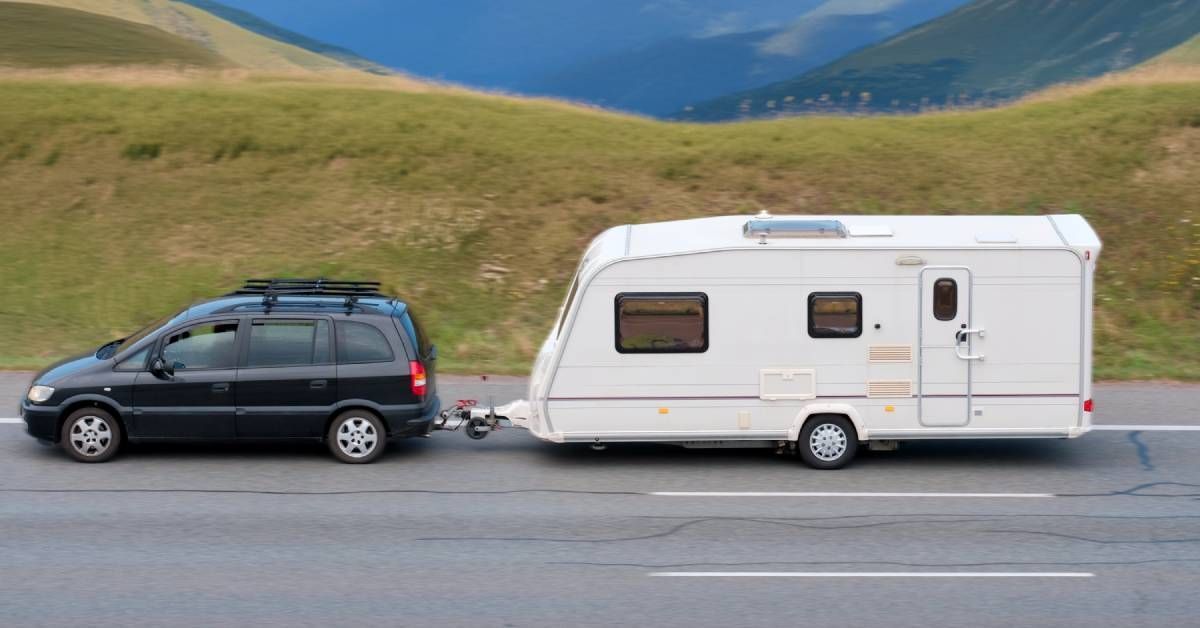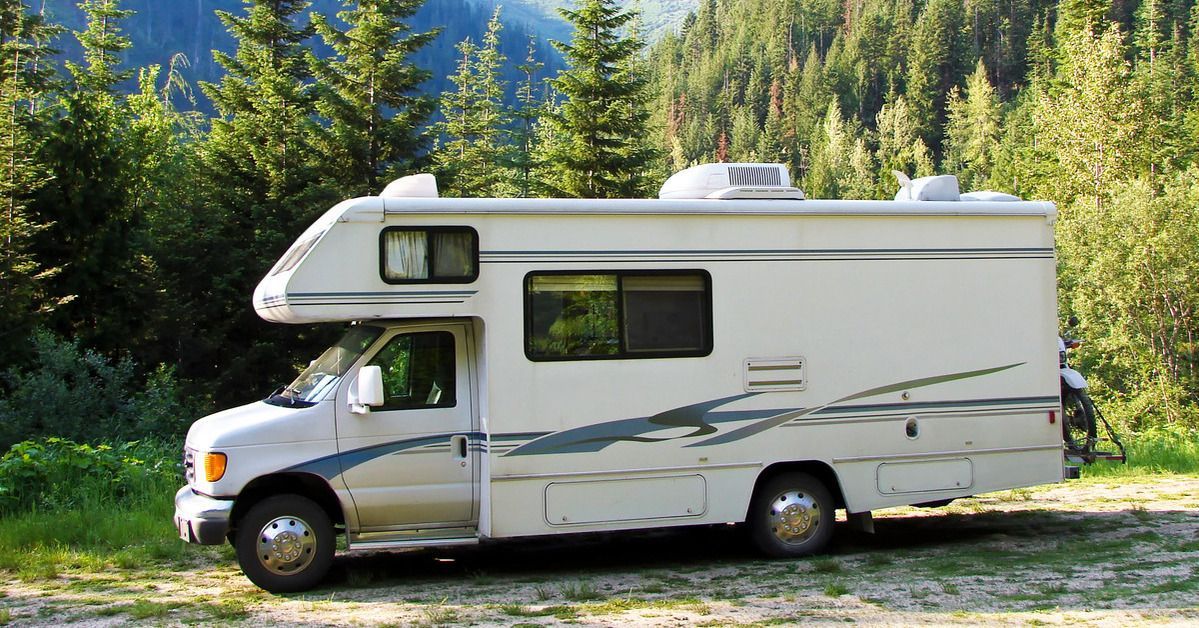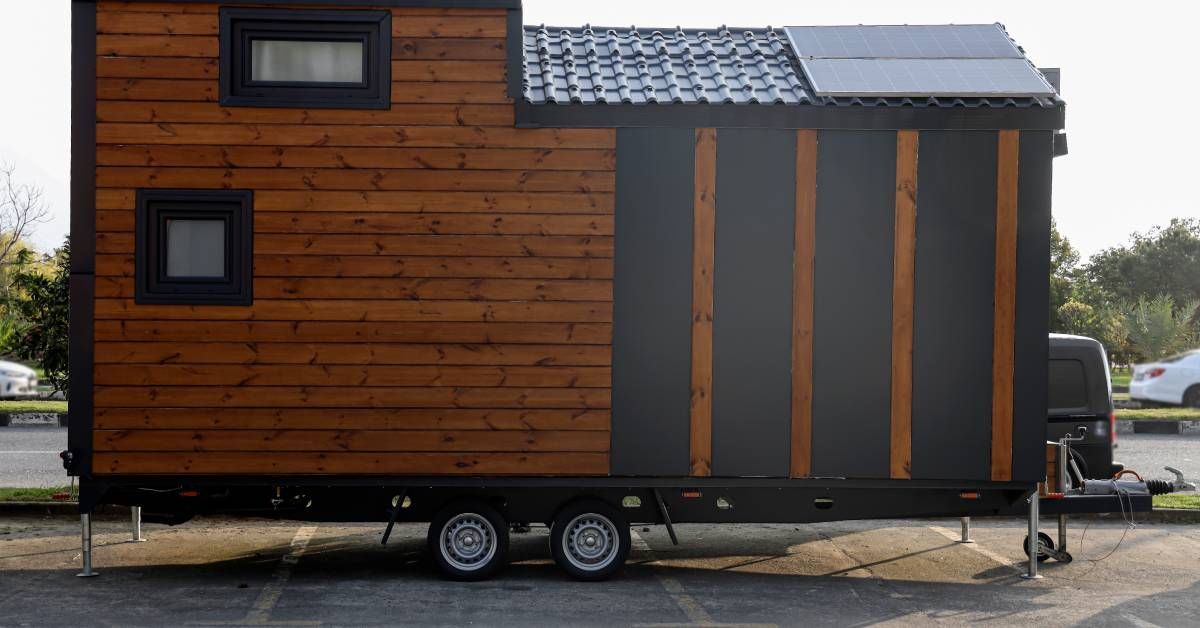24 HOUR CUSTOMER SERVICE
GET A QUICK QUOTE TODAY! CALL US TOLL FREE:
844-292-2153
8 Tips for Selecting the Land for Your Tiny Home
A tiny home offers the freedom to live simply, reduce expenses, and lessen your ecological footprint, so it’s no surprise that the popularity of these homes continues to soar. Yet, as enchanting as this lifestyle sounds, an essential but sometimes overlooked step in the process is selecting the right piece of land to place a tiny home. Choosing land goes beyond aesthetics or just finding a spot where your structure can fit. It’s about ensuring a sustainable, practical, and legally compliant experience that fully supports your minimalist lifestyle.
Whether you’re new to tiny home living or looking to upgrade your current setup, check out these helpful tips for selecting the land for your tiny home.
Understand Zoning Laws and Building Codes for Tiny Homes
Before falling in love with a picturesque plot of land, familiarize yourself with the zoning laws and building codes of the area. Municipalities and counties have specific regulations regarding what you can build where, and tiny homes often don’t fit standard classifications. Some areas might require you to construct your tiny home on a foundation, while others allow mobile tiny homes but only within specific zoning districts.
Building codes also dictate things like water, electrical, and safety standards. Additionally, certain jurisdictions may categorize tiny homes as accessory dwelling units (ADUs) or even RVs, which could significantly affect how and where you can live. To avoid setbacks, reach out to local planning offices and thoroughly research these rules before making any decisions.
Assess Utilities Access
Living off the grid sounds ideal, but modern life often still requires basic utilities. Determine whether your chosen property has access to water, electricity, sewage, and internet services. Not all vacant pieces of land are equipped for immediate utility hookups, and adding these can be costly and time-consuming.
For water, consider whether you can connect the home to a local municipal system or if you’ll need to install a well. The same applies to electricity—make sure you can access nearby power lines or explore the feasibility of alternative solutions like solar power. Sewage, another critical aspect, might involve connecting to a sewer system or setting up composting toilets and a graywater system. Keep these factors in mind when evaluating a potential site.
Evaluate the Land’s Topography
The land’s physical characteristics can directly impact the functionality and safety of your tiny home. Flat land tends to be easier and less expensive to build on, while sloped or uneven plots might require significant leveling or foundation work. Assess the soil type as well, especially if you’ll be planting your home on a foundation. Soft or unstable soil could mean more reinforcement is necessary.
Also, consider water drainage. A poorly graded lot can lead to constant water pooling, which risks damaging your tiny home and the surrounding land. Pay attention to nearby flood zones as well, as even the smallest home can be a big loss if subjected to unexpected flooding. A land survey can help you identify any topographic challenges before purchase.
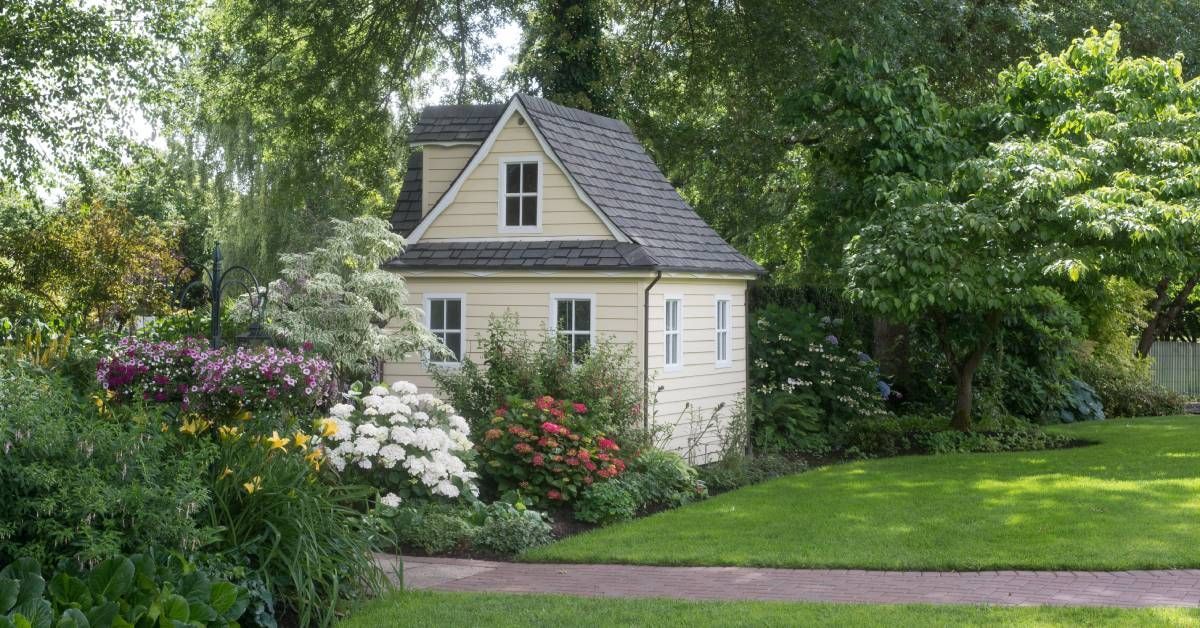
Consider the Environmental Impact
A key goal for many tiny home owners is to live respectfully and sustainably within nature. This ethos should extend to your choice of land as well. Consider the environmental impact of modifying the land for your tiny home. Will it be necessary to clear trees? Will you be disturbing existing natural habitats?
Additionally, take time to think about your energy and waste solutions to minimize your ecological footprint onsite. Solar panels, rainwater harvesting systems, and composting toilets are excellent options for sustainable living. Conducting an environmental impact assessment might not be required by law, but it’s a responsible approach to ensuring harmony between your chosen plot and Mother Nature.
Budget for Land Purchase and Development
Even though tiny homes are more affordable than typical full-sized houses, land ownership comes with its own costs—both upfront and ongoing. Beyond the land purchase price, there are numerous associated expenses to account for.
Site preparation, utility installations, road access, and legal fees can quickly add up. Tax rates for your land also vary depending on location and property classification. Make sure your total budget includes a cushion for unexpected costs like clearing obstacles or addressing zoning surprises. Planning comprehensively will prevent financial strain and make your tiny home dream far less stressful.
Research Community and Neighborhood Dynamics
Tiny home living often thrives in welcoming, open-minded communities. Take time to explore the neighborhood where the land is located. What’s the general attitude toward tiny homes in the area? If you’re placing a movable unit on the plot, some neighborhoods may be more welcoming of what they perceive as an unconventional structure.
Alternatively, focus on communities specifically designed for tiny homes. Many of these intentional communities foster connection while offering access to shared amenities like gardens or workspaces.
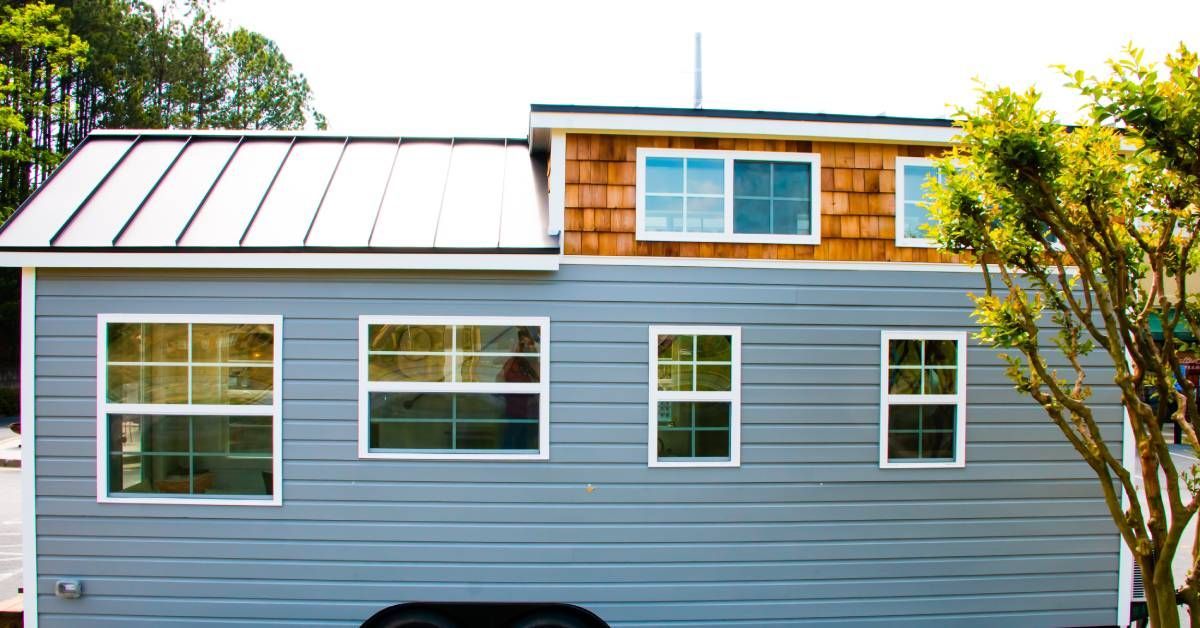
Consider Accessibility and Proximity to Amenities
While a remote plot nestled in the woods sounds divine, isolating yourself from necessary amenities might not be practical. Your land should be accessible for you and for service needs like waste removal, deliveries, or emergency response teams. A well-maintained road leading to your property reduces potential headaches.
Likewise, evaluate how far the property is from grocery stores, healthcare facilities, or work locations. Striking the right balance between an idyllic retreat and proximity to essential services ensures maximum convenience for daily life.
Plan for the Future
Even for minimalists, life evolves and priorities shift over time. That’s why it’s best to select land that supports flexibility for the future. Could you add another small structure later on for a workshop or guest space? If your plot allows and zoning permits, these expansions could be valuable.
Additionally, think about resale value. While tiny homes are often a long-term commitment, life’s unpredictability might necessitate selling your plot. Land located in a desirable area with room for adaptive use will hold its value more effectively than isolated options with limited appeal.
Choosing Wisely Today for a Better Experience Tomorrow
Selecting the ideal land for your tiny home is one of the most significant decisions you’ll make. With thoughtful planning and careful consideration of zoning, utilities, landscape, and long-term goals, you can ensure your land enhances your dream lifestyle rather than complicating it.
Take some time to review each of these tips for selecting the land for your tiny home before making a decision, and don’t hesitate to seek advice from tiny home experts if needed. Whether it’s a peaceful forest corner or a vibrant city lot, choose a space that lets your tiny home lifestyle flourish.
Once you’ve selected the perfect location, Coast to Coast Transportation can help you transport your tiny home with ease. Our tiny house transport service experts will provide a seamless moving experience from start to finish. Contact us today to get a quick quote and take advantage of our door-to-door delivery service.
WHERE TO FIND US
3815 N. Highway 1, Suite 111,
Cocoa, FL 32926
Cocoa, FL 32926
WHERE TO FIND US
3815 N. Highway 1, Suite 111,
Cocoa, FL 32926
Cocoa, FL 32926

